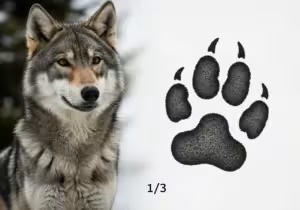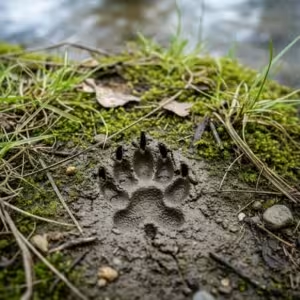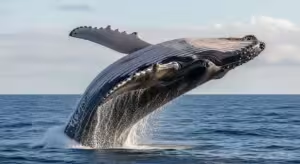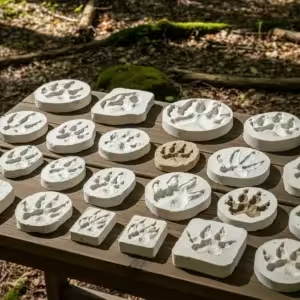There’s plenty of air in the tiny spaces between grains of sand; the problem for sand-burrowing animals is how to get that air into their lungs while keeping the sand out. Narrow nostrils help, but other clever adaptations are also needed.
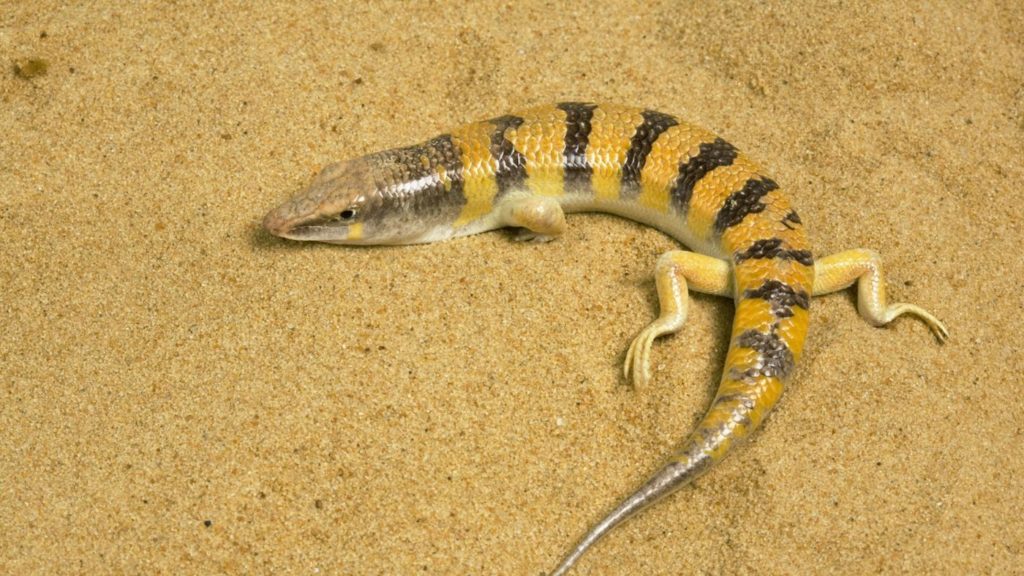
The Colorado Dessert fringe-toed lizard, for instance, is equipped with a respiratory U-bend that traps sand before it can reach the lungs, while die sandfish, a burrowing skink from North Africa and the Middle East, has a particularly wide section of respiratory tract. This slows down the stream of inhaled air, allowing any sand particles to fall onto a layer of sticky mucous, which is then coughed up, keeping the lungs entirely sand-free.




